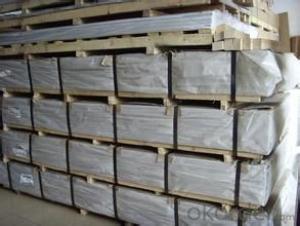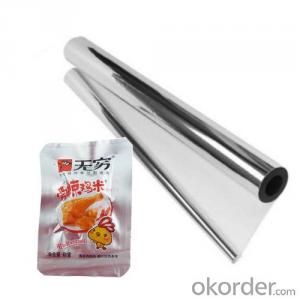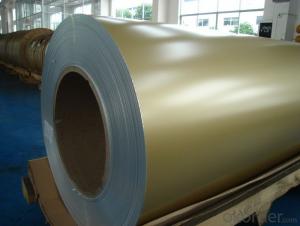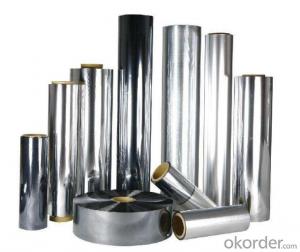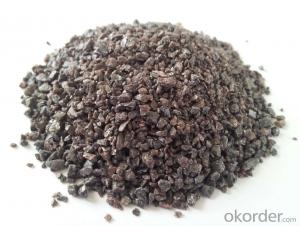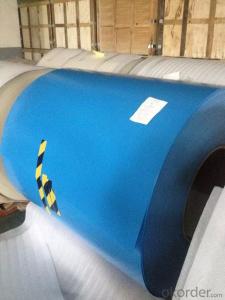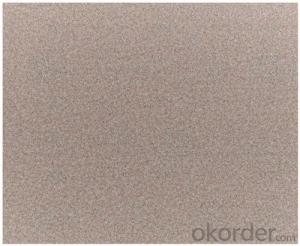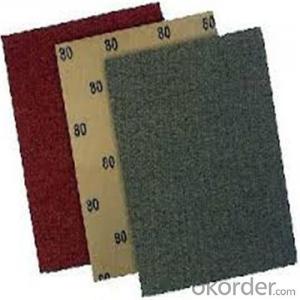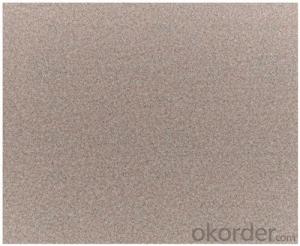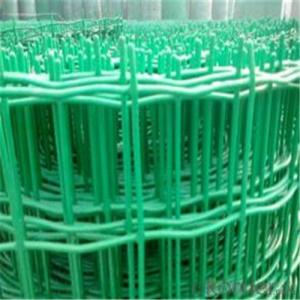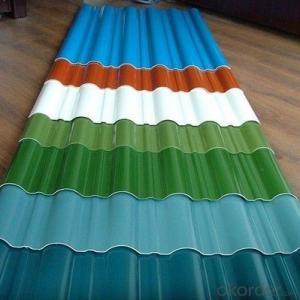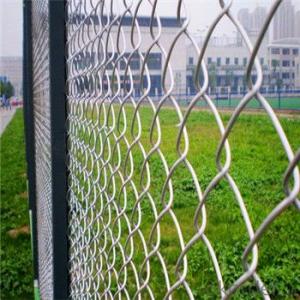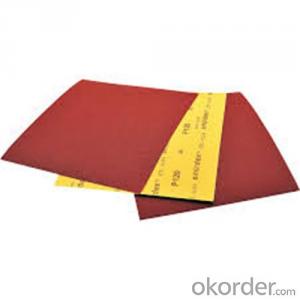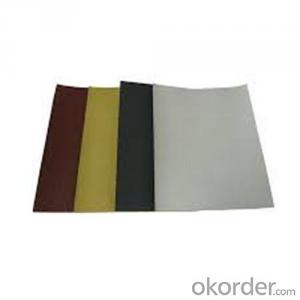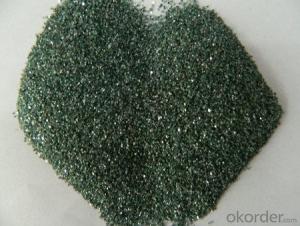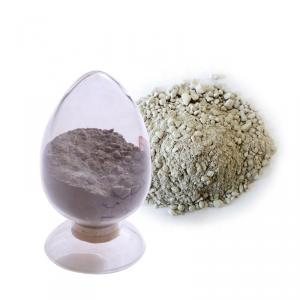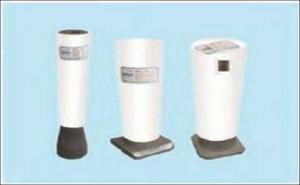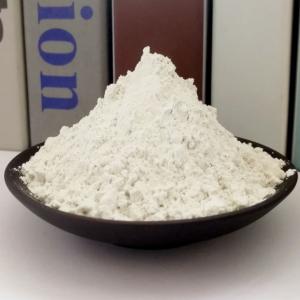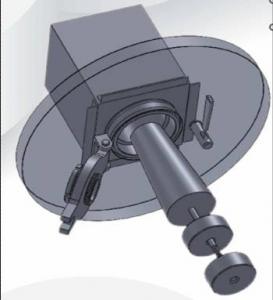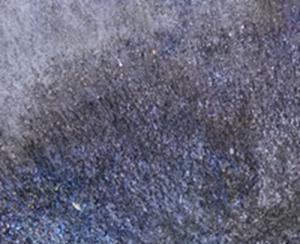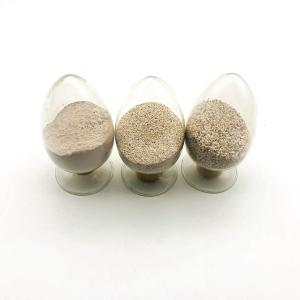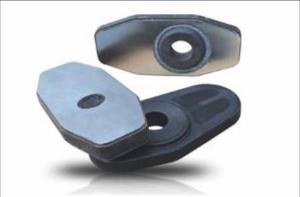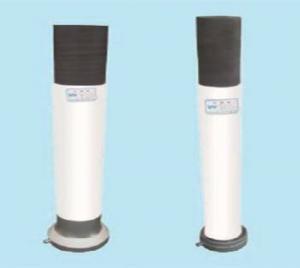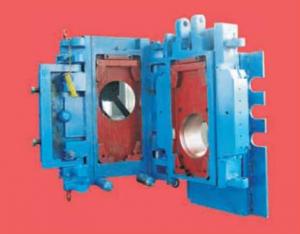Fandeli Coated Abrasives
Fandeli Coated Abrasives Related Searches
Pvc Coated Aluminum Coil Stock Pvc Coated Aluminum Coil Alside Pvc Aluminum Trim Coil Pvc Aluminum Coil Coil Coated Aluminum Sheet Flat Aluminum Wire Coil Best Aluminum Trim Coil Custom Rolled Aluminum Coil 3/4 Aluminum Tubing Coil light bond plus aluminumHot Searches
Lasani Wood Sheet Price 4Mm Mdf Sheet 1220X2440Mm Price Cost Of Drywall Per Sheet Aluminium Scaffold Planks Sale Buy Sheet Plastic Aluminium Walkway Mesh Prices 9Mm Mdf Sheet Prices Tinplate Sheet Suppliers Stucco Scaffolding For Sale Buy Alabaster For Carving Aluminium Scaffold Planks Sale Aluminium Walkway Mesh Prices Aluminum Coil Stock For Sale Aluminum Gutter Coil For Sale China Black Aluminum Coil China Aluminum Coil Aluminum Copper Coil Scrap Price Aluminum Ac Coil Scrap Price Aluminum Coil Price Per Pound Aluminum Coil PriceFandeli Coated Abrasives Supplier & Manufacturer from China
Okorder.com is a professional Fandeli Coated Abrasives supplier & manufacturer, offers integrated one-stop services including real-time quoting and online cargo tracking. We are funded by CNBM Group, a Fortune 500 enterprise and the largest Fandeli Coated Abrasives firm in China.Hot Products
FAQ
- What are the differences of ceramics and refractories? Is the ceramics belonging to refractories?
- They are not the same. If you say the ceramic fibers, they have some common points because the ceramic fiber is one of the refractory. It is belonged to the lightweight refractory which can be considered a new type of refractory with the main ingredient of aluminum silicate (including aluminium oxide and silicon?dioxide).
- Who knows what kind of fire protection material is better?
- Characteristic of polyurethane rigid foam thermal insulation decorative composite board: (1) ultra high cost performance, increased property's selling point (high cost performance) new model of thermal insulation material, excellent thermal insulation properties, elegant decorative effect, 50 years of service life, reduce maintenance costs and social waste. (2) it overcomes defects of traditional insulation technology (to solve the freezing and thawing, veneer cracking and shedding) traditional benzene board, the phenomenon of freezing and thawing that is easily appear in plastic extruded sheet, paint finish is easy to crack; its veneer facing can easily fall off; thermal insulation materials and wall are poorly adhered, easy off the whole. There is a themal bridge in dry hanging wall. (the characteristics of polyurethane composite board)
- What refractories are resistant to fluorine gas?
- It is recommended to use fused-quartz brick, which will produce hydrofluoric acid fluorine (an acidic gas) when water vapors. It is cheap. While it is recommended to use silica?brick if it exceeds 1,200 degrees. So acidic refractory is an advisable refractory for using. It works well if the temperature is below 1200 degrees.
- Who knows that among refractory materials, insulation boards from which refractory material industry is superior in quality?
- When casting ingot, after high temperature molten steel is poured into ingot mold, molten steel keeps shrinking during cooling, for example, killed steel is shrinking 3% --5%. because of fast heat dissipation of ingot head , some shrinkage holes appear at the head of ingot. Therefore, you should cut shrinkage holes which account for more than 15% of the ingot quality in the head while cutting steel ingot cogging. If effective measures were taken to insulate the head of ingot from heat, then the coagulation time of ingot head would lag behind in the body of the ingot solidification, which will greatly shrinkage holes, improve ingot yield so as to reduce energy consumption of steelmaking. Adiabatic plate can achieve this purpose. China Heng insulation board has the advantages of uplifting adiabaticity and small heat capacity, so that it greatly reduced heat loss of molten steel, And the tundish can be directly put into use without preheating, thereby saving a large amount of preheating fuel. So in the current process of continuous casting, the heat insulation board is the main material of tundish lining.
- What is the fireproofing requirements of external wall thermal insulation materials?
- in the 2011 and 2012 revised version of "Fireproof? Specification of Building Design" in China, the external insulating layer of above 50 meters (approximately 16 layers) of the housing must use the level A material. The latest draft for approval is not so strict, above 100 meters (about 33 layers) only use level A material. The manuscript of "Building Regulations" is also regulated building's external wall thermal insulation materials in the crowded places should be level A. Except the residential buildings and the buildings in the crowded places, the height of other buildings is greater than 50 meters, combustion performance of insulation materials should be level A; the height buildings is greater than 24 meters but not more than 50 meters, combustion performance of insulation materials should not be lower than level B1. "Building Regulations" manuscript should relax the rules on the aspect of protective coating in level B1 and B2 insulation material. The outer of level B1 and B2 level insulation material must use incombustible?material as protective coating, its thickness is changed from the original 10 cm to 5 cm. Given certain conditions, I feel you can use TDD exterior wall thermal insulation decoration integrated rock wool board for construction, which is level A fireproofing with a short construction period and good thermal insulation properties. I hope I can help you!
- What are the best refractory materials in 2,400 Celsius degree?
- It is the purpose that decides what kind of materials you should use. What you have said is 2,400 Celsius degree, right? It is about the fire resistance of the material or the required temperature of it?
- What are the material requirements of class A fire resistant door ?
- What are the material requirements of class A fire resistant door ?
- What are the disadvantages of the refractory industry?
- The rapid development of continuous casting technology allows Hua Heng refractories to be improved in variety and quality. The development of refractory for continuous casting has a significant impact on the production of continuous casting and quality of continuous casting billet. Constructing and putting Baosteel into action has greatly pushed the improvement of the refractory technology. Continuous casting refractory is an important part of the continuous casting machine. In addition to the general characteristics of refractories, it is also required functions that can purify molten steel, improve the quality of steel, stabilize temperature and composition of the molten steel, control and regulate the molten steel flow. Therefore, it is known as functional refractories. Continuous casting Refractories include: (1) ladle refractory - ladle lining, permanent lining and ventilation components; (2) tundish refractories - permanent lining, coating, insulating plates, clad etc; (3 ) functional refractories - long nozzle for non-oxidizing casting, submerged nozzle, monolithic stopper, sliding gate; (4) ceramic purifier for purifying molten , slag dam, alkaline paint and horizontal separating ring and gate board for continuous casting.
